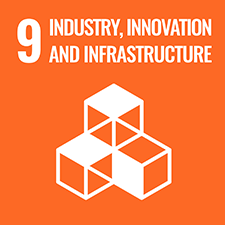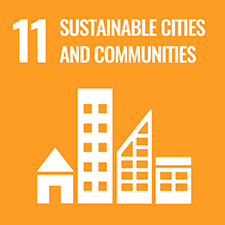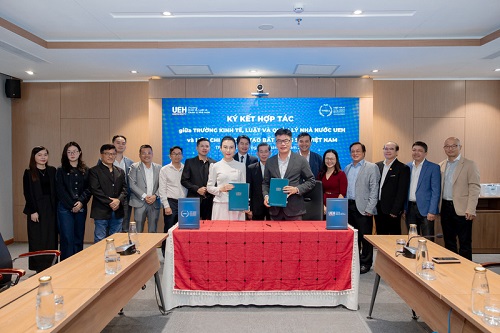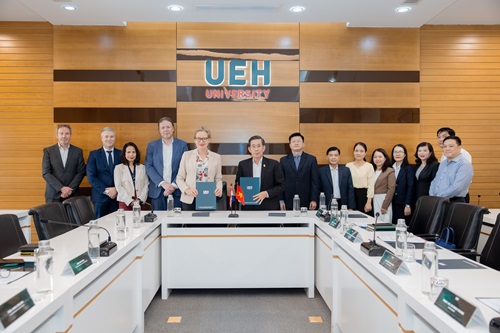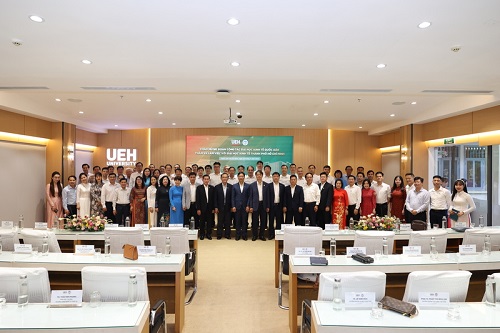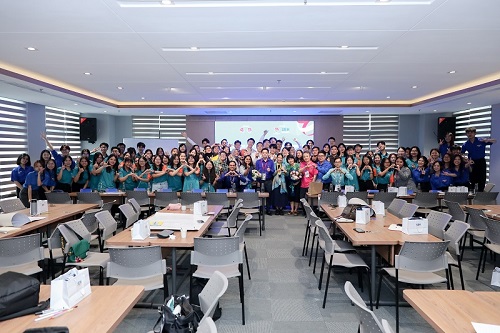![[Podcast] The Role of Science, Technology and Innovation in the Effective Mobilization and Use of Resources to develop the Southern Key Economic Region (Part 1)](/images/upload/img_background/ueh-bg-091729-061223.png)
[Podcast] The Role of Science, Technology and Innovation in the Effective Mobilization and Use of Resources to develop the Southern Key Economic Region (Part 1)
12 Jun, 2023
The Southern Key Economic Zone plays an important role in promoting the socio-economic development of Vietnam. In particular, Ho Chi Minh City, as the very core of economic, financial, and commercial development, is holding the role in promoting the overall development of the Region. In the current new trend, the economic development strategy of the Southern Key Economic Zone in general and Ho Chi Minh City in particular must ensure the goal of attracting resources from financial to human, and must be linked with the goal of sustainable development with the foundation of science, technology and innovation, using resources effectively on the available potential position.
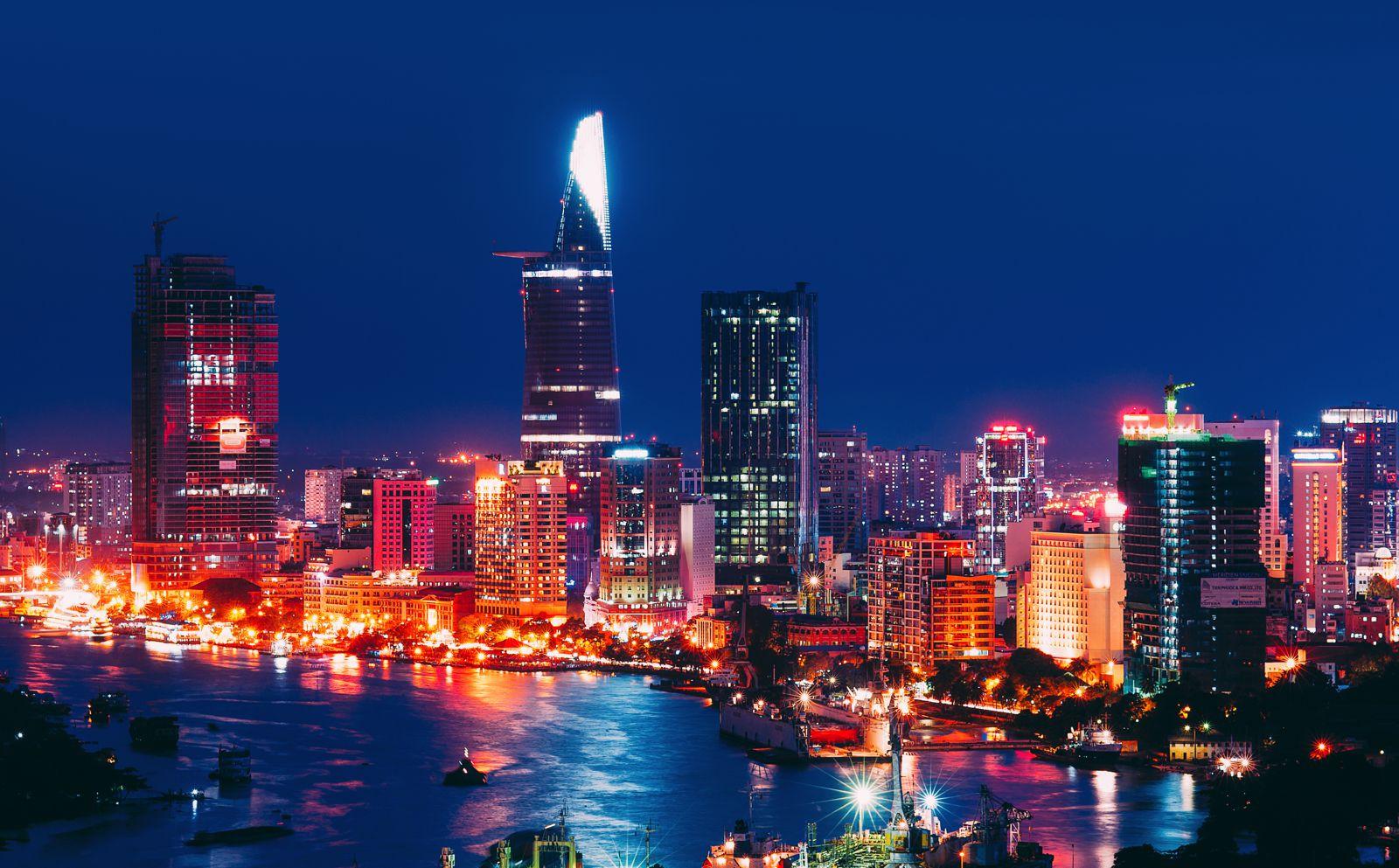
Source: Collected photo
The first part of this article is to find out the context of the Southern Key Economic Zone as well as the development of Ho Chi Minh City from 2011 to the present time.
The context of the Southern Key Economic Zone
Up to the present time, the Southern Key Economic Zone includes the following Provinces and Cities: Ho Chi Minh City, Binh Phuoc Province, Tay Ninh Province, Binh Duong Province, Dong Nai Province, Ba Ria - Vung Tau Province, Long An Province and Tien Giang Province. This Southern Key Economic Zone is considered a dynamic key economic region, with a strong growth rate towards the goal of sustainable development, in which Ho Chi Minh City is to be identified as the central core. Officially announced data in the first 6 months of 2022, the Southern Key Economic Zone achieved GDP of approximately 982 trillion VND, ranking first among the four key economic Regions in the first 6 months of 2022. To be more specific, Ho Chi Minh City contributed the largest part to the GDP of the Region, reaching approximately 512 trillion VND, accounting for 52.14%. Concurrently, Ho Chi Minh City ranks first in the list of 10 Provinces and Cities with the highest GDP scale in the country. The economic structure shifts in a positive direction, focusing on service industries that have the advantage of creating high added value. What iss more, the Southern Key Economic Zone is the largest foreign investment attraction center in the country from active FDI projects, industrial parks and export processing zones.
Occupying the large system of seaports and international airports, this economic region has become the largest tourist center, developing all kinds of information technology services, telecommunications, logistics and so on as the largest in the country. Although accounting for only 8% of the total area and 17% of the population compared to the whole country, the production of the Southern Key Economic Zone, over the years, has reached more than 40% of the gross domestic product (GDP) and the export value accounts for approximately 40% as well as the average economic growth is more than 1.5 times that of the whole country. In addition, the region contributes more than 44% of the total budget revenue of the country, attracting 56% of projects and 45% of foreign investment capital into Vietnam.
After the fourth wave of epidemics, data from the General Statistics Office of Vietnam (GSO) recorded that the index of industrial production (IIP) in last August 2021 decreased by about 7.4 % compared to that of the same period of last year, especially the processing and manufacturing industry decreased by 9.2%. The economic locomotive of Ho Chi Minh City, which accounts for more than 20% of Vietnam’s economic size and contributes a third to the national budget, is suffering the most from the epidemic during that outbreak.
It can be identified that the Southern Key Economic Region has not effectively implemented the ability to link regions yet, the connection has not been synchronized, mechanisms and policies for regional development have not made a breakthrough in management. Members in the region are not clear regarding their rights and responsibilities besides many shortcomings and duplications in terms of strategic connection and regional planning. More than that, the region is greatly affected by climate change, sea level rise, many areas that have been facing serious environmental pollution have not fully met the needs of social security and human resource development yet, leading to reducing the role of economic locomotive of the country.
With the purpose of overcoming and moving towards sustainable economic development, the Southern Key Economic Region needs a breakthrough innovation in regional economic thinking, instead of local economic thinking by developing a steadily sustainable economy.
In addition, the Southern Key Economic Region is facing various challenges as follows: the average economic growth rate has tended to slow down since the outbreak of COVID-19 as well as the proportion of industrial production - construction and service industries of the region in the national industry structure has not had any outstanding features compared to the past. The current traffic infrastructure of the region is overloaded, airports are overloaded, deep-water seaports to receive large ships are limited, and serious traffic jams often occur on roads. Funding for budget allocation is not reasonable while budget regulation at the central level has been low in addition to the problems with supply chain disruptions, raw material sources when fees are high and son on.
Therefore, the question is how to attract resources to improve production flexibility, to shorten the time between production processes and sustainable operations as well as to narrow the gap between supply chain with the current market is the center of capital supply and sustainable development. Ho Chi Minh City, with its leading role, needs to create a network for other localities to develop; besides, other localities in the Region need to link together more closely in order to create synchronization with the development goals of each country. This is the premise for other localities to develop together towards a sustainable economy in the Southern Key Economic Area and the whole country.
Looking back at Ho Chi Minh City’s economy in the development period from 2011 to the present time
The data from the statistical yearbook of Ho Chi Minh City and the whole country (2020, 2021) indicate that HCMC has partly effectively exploited the advantages of a special city. Currently, HCM City is the most effective economic center in the country, with labor productivity 2.6 times higher than that of the national average. In other words, one worker in the city generates 2.6 times more economic output than that of the average worker in the whole country. HCM City is the most effective economic center for attracting private investment (including foreign investment) in the country, with each dollar of investment from the state budget attracting 10-14 VND (Vietnam Dong) of private investment (5 VND higher than that of the national average). The city has the highest budget expenditure amplification coefficient in the country: upon spending 1 dong, the city’s budget revenue is 5.13 VND (higher than that of the national average, only 1.85 VND is collected when spending the 1-VND budget). Additionally, HCM City is the economic center attracting the highest new workers in the country. Within the 2010-2020 period, HCM City attracts an average of 120,000 additional workers per year.
With the orientation of economic restructuring towards service development, Ho Chi Minh City has 09 key service industries, listed as: finance-banking, commerce, real estate, logistics, health care and education, which are beneficial compared to other regions in the country. The service sector accounted for 62.52% of HCM City’s GRDP structure, an increase of 4.85 percentage points compared to that in 2010 while the industry-construction sector decreased by 1.44 percentage points and agriculture, forestry and seafood increased by 0.05 percentage points. Transforming the city’s economic structure towards increasing the proportion of the service sector and reducing the proportion of the industry - construction sector. In 2020, the economic size of Ho Chi Minh City will reach 59 billion USD, an increase of 2.25 times compared to that in 2010 when calculated at the current currency rate. Nevertheless, Ho Chi Minh City has been far behind other big cities of the ASEAN region. In accordance with the data from Ho Chi Minh City Bureau of Statistics, in 2018, the GRDP of Ho Chi Minh City was equivalent to that of Kuala Lumpur, much lower than that of Singapore, Jakarta, Manila, and Bangkok. In particular, the GRDP per capita of HCMC is lower than those of the cities mentioned above.
In 2020, Ho Chi Minh City is being the locality contributing the highest in the economic structure of the country. However, the proportion of City’s GRDP in terms of the national GDP structure is on a downward trend. In 2020, Ho Chi Minh City’s GRDP accounted for 21.8% of the country’s GDP structure, decreasing 2% compared to that in 2010. The industry-construction sector decreased by 4.8% in the industrial structure-building the whole country. The service sector decreased by 4.4% in the service sector structure of the country. Meanwhile, the proportion of product tax excluding product subsidies increased by 1.5% and the agriculture, forestry and fishery sector increased by 0.2%. The city’s social labor productivity in the 2011-2020 period has increased steadily over the years, reaching 1.52 times higher than that in 2010. The labor productivity growth rate for the whole 2011-2020 period reached an average of 4.28 % per year, lower than that of the national labor productivity growth rate. In spite of the increase over the years, the city’s labor productivity, in general, is being quite limited. The labor productivity gap between the city and the whole country tends to narrow gradually.
Within the 2011-2020 period, the contribution of aggregate factors to the city’s economic growth has increased significantly. By 2020, total factor productivity will contribute 42% to HCM City’s economic growth, an increase of 13.7 percentage points compared to 2010. Meanwhile, the contribution of capital and labor in growth rate fell to 59.7%, decreasing 13.7% compared to that in 2010. In general, HCMC has used capital quite effectively. HCM City’s ICOR coefficient in the 2011-2015 period reached an average of 2.93 times while that of the 2016-2020 period reached an average of 4.32 times. Nevertheless, the COVID-19 pandemic has dramatically increased the ICOR coefficient in 2020. Compared to that of the national average, Ho Chi Minh City uses capital more efficiently. HCM City’s ICOR coefficient for the 2011-2020 period is lower than that of the whole country. In short, the ICOR coefficient of Ho Chi Minh City tends to increase while that of the whole country is gradually decreasing.
In summary, in the period 2011-2020, the quality of economic growth has improved, the economic scale has increased continuously, and the average growth rate of HCM City is higher than that of the whole country. The economic structure has shifted to a modern direction, with an increase in the proportion of the service sector. Labor productivity, capital efficiency and overall productivity have all improved significantly. The Per capita income increased significantly, reaching 6,537 thousand VND per month in 2020, 2.39 times higher than that in 2010. Nevertheless, this result does not absolutely match the size and the position of the largest economy in the country as HCMC is the nucleus in the development process of the Southern Key Economic Region. The economic scale of Ho Chi Minh City is being far behind that of other major cities in the ASEAN region. The economic growth rate is slower than that of the national average, and HCM City’s economic contribution to the country’s economic structure decreases, too. Labor productivity is being low and HCM City’s labor productivity growth rate is slower than that of the whole country. The contribution of the aggregate productivity to growth is not as high as that of capital and labor. With that trend, key tasks and solutions to attract development resources must be presented as top priority, aiming at the goal of sustainable economic development and making full use of available potentials in accordance with scientific technology and innovation.
Author group: Assoc. Prof. Dr. Nguyễn Khắc Quốc Bảo; MA. Tô Công Nguyên Bảo, University of Economics Ho Chi Minh City (UEH)
This is an article in the series of articles spreading research and applied knowledge from UEH with “Research Contribution for All - Nghiên Cứu Vì Cộng Đồng” message, UEH cordially invites Dear readers to look forward to the upcoming Knowledge Newsletter DIGITAL ECONOMY #75.
News, photos: Author, UEH Department of Marketing and Communication
Voice of: Ngọc Quí



